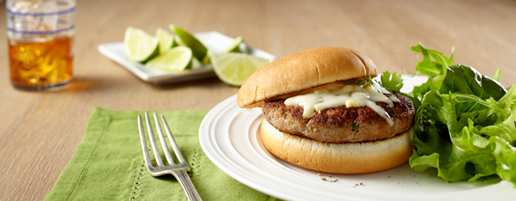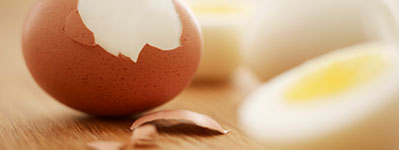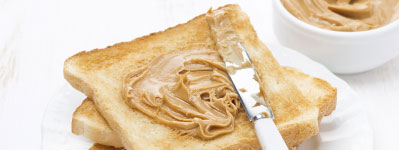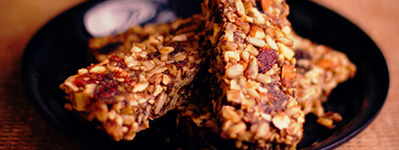Eating Well on a Dialysis Diet
To feel your best and do your best on dialysis, a carefully thought-out meal plan will play a big role. Your dietitian can help you learn how to incorporate foods you enjoy—and still stay within your dialysis diet guidelines.
While some of the key basics for an end stage renal disease (ESRD) diet are similar to when you were at the earlier stages of kidney disease—lower salt, potassium, and phosphorus—there are two key differences: proteins and fluids.
Power up on protein with dialysis
Now that you’re on dialysis, your protein needs are typically much higher. That’s because you lose protein during your dialysis treatments.

Include a protein with every meal and snack
Choosing all-natural, fresh meat is best. Low-sodium, frozen or canned meats (rinsed) are also acceptable. Just limit cured and deli meats while shopping to help with reducing your sodium intake.
A typical serving size for protein on dialysis is a ½ cup or 3-5 oz, which is equivalent to the palm of your hand.

Kidney-friendly cooking just got tastier! Get big-and-bold flavorful recipes for breakfasts, lunches, dinners, snacks and desserts on a kidney diet.
High-protein snacks for a dialysis diet
Mini meals and snacks can be a great way to fit more protein into your day.Here are some tasty tips:




Managing your fluids on dialysis
- Headaches and low energy
- Swelling in your face, hands, and feet (edema)
- Trouble breathing from fluid in your lungs
- High blood pressure
If you see signs of fluid overload like bloating, headaches, or low energy, contact your care team.
